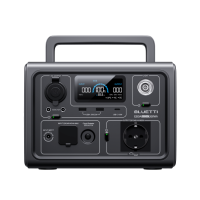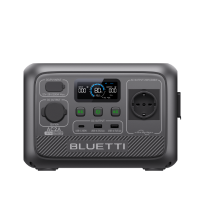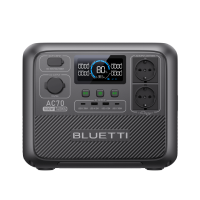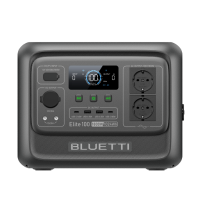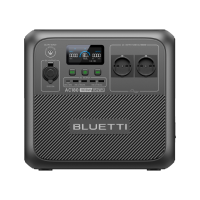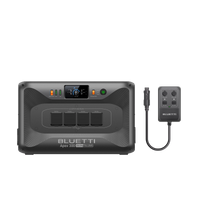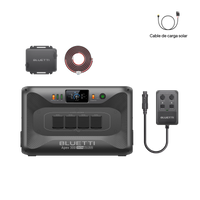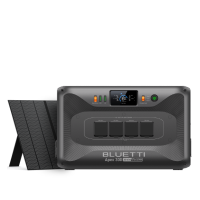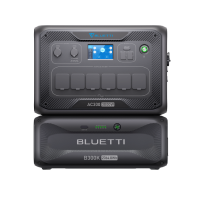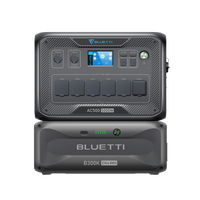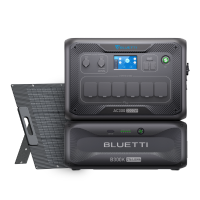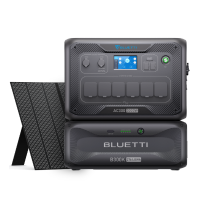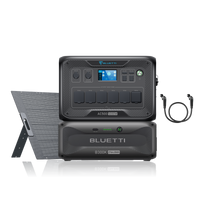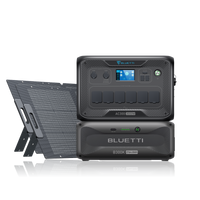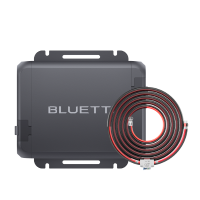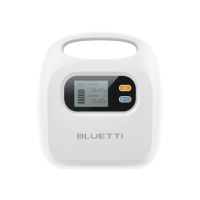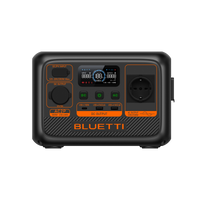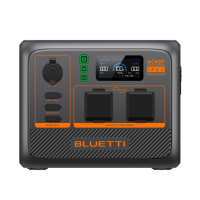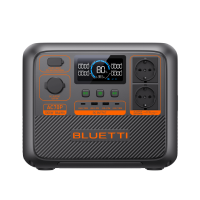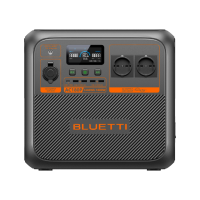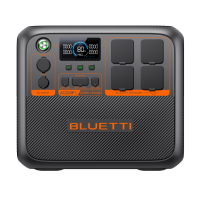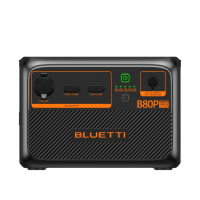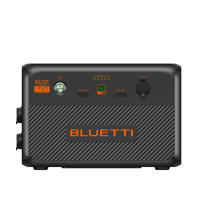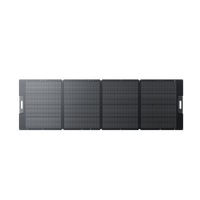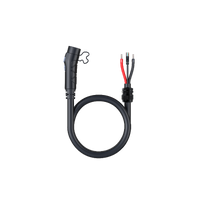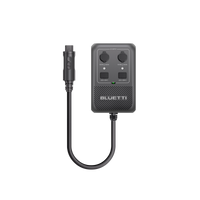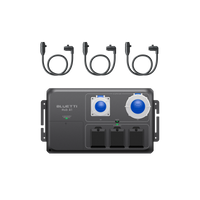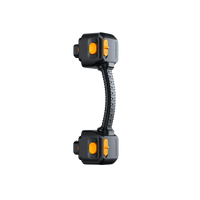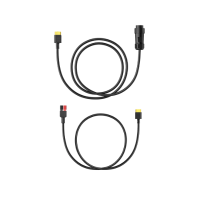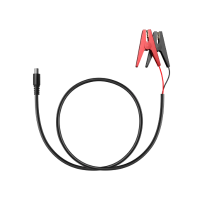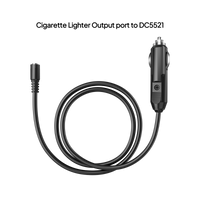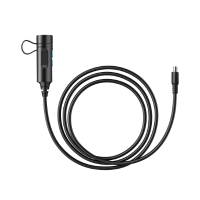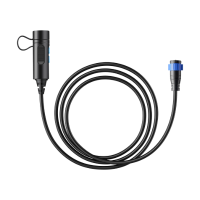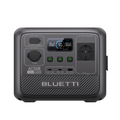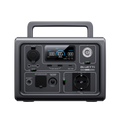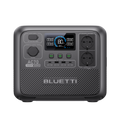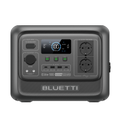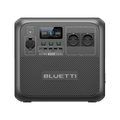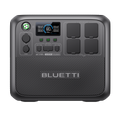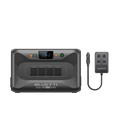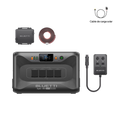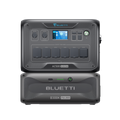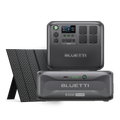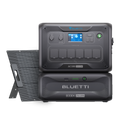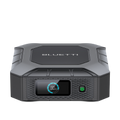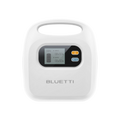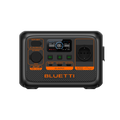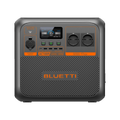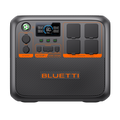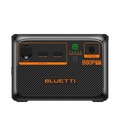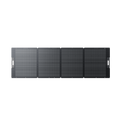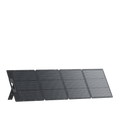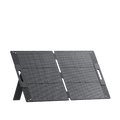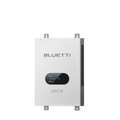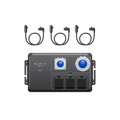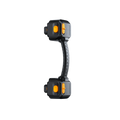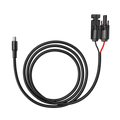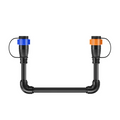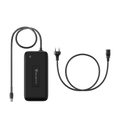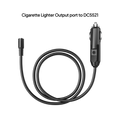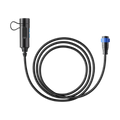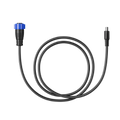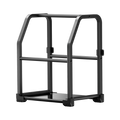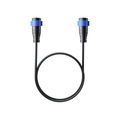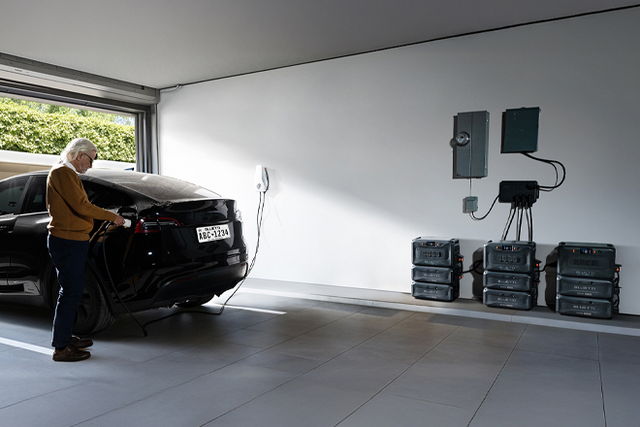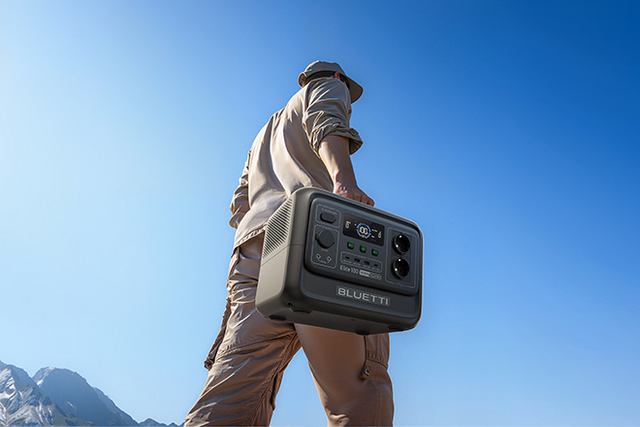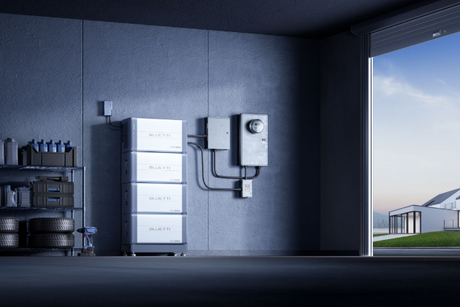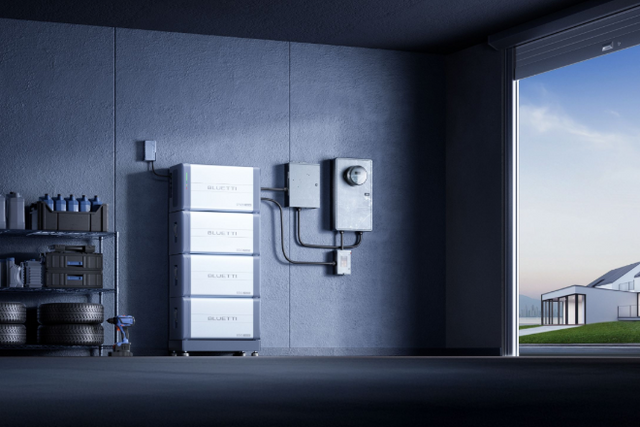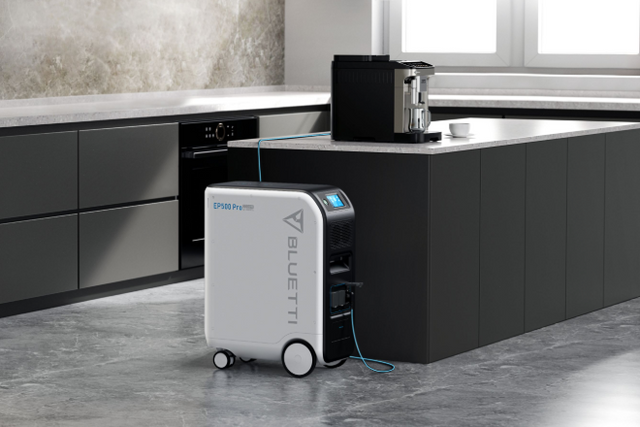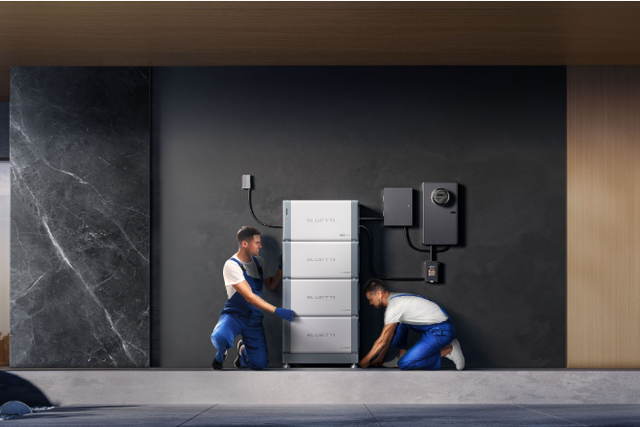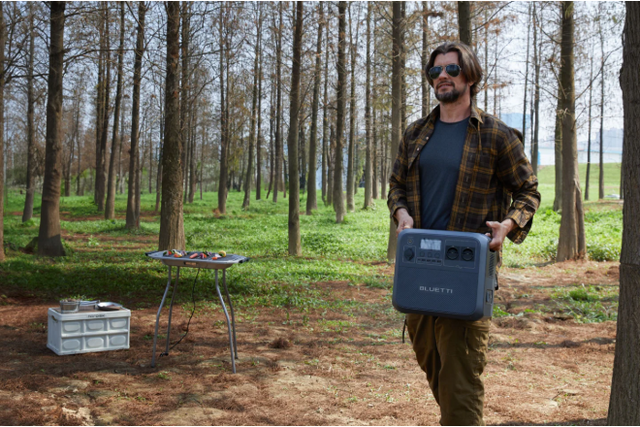Innovation and development are two concepts that have accompanied the technology and electronics sector in recent years. And it is that in a relatively short period of time we have incorporated into our lives an infinity of household appliances and devices that facilitate daily and habitual processes that previously required more time, money and effort. And it is that if we can summarize in one, the global objective of all the efforts of electronic progress, without a doubt it is: save effort, time and/or money. Therefore, it is not surprising that every year, the new generations of household appliances are presented as faster solutions, with more accessories, more compatible and, ultimately, that manage to make life even easier for us.
And focusing on household appliances, we can say that they currently stand out for improving their energy efficiency year after year to be more sustainable and less polluting. A specific objective of washing machines, refrigerators, microwaves, etc. , is that they continue to perform the essential functions but in a more economical way. This savings factor becomes even more important in a scenario of economic inflation like the current one, in which families are constantly looking for different ways to save on their bills.
That is why in this article we would like to focus on one of the household appliances that consumes the most and causes the most headaches in families: refrigerators. As we already mentioned in one of the previous articles, this is the appliance that covers the highest percentage of monthly consumption, around 55%. For this reason, it is important to know how many watts a refrigerator has in order to assess whether it is an efficient option that meets your needs.

What it consists of and how to interpret the new energy efficiency labels
The first thing we should understand, if we want to know how many watts a refrigerator has, is the technical specifications of this appliance. These can be easily found on the European Union energy efficiency labels. Surely they will sound familiar to you from having seen them in the same refrigerators or in any other appliance since, according to Directive 92/75EC, this mandatory labeling was established, which must remain visible at all times.
These labels show in a summarized and very clear way the energy efficiency, consumption, model, brand and, in short, all the important technical information to take into account about the appliance in question. Therefore, it is important to know how to interpret them. Since they are the only way to get an idea of the consumption that said fridge will mean.
Recently these labels have undergone a slight modification and, currently, you can find this information:
● Energy efficiency classification by colors and letters
The main and most obvious classification that we will see in the labels are the letters and colors: A (green), B (green), C (green), D (yellow), E (orange), F (orange) and G (red). Ratings A through C are colored green because they are the most efficient, economical, and green options. The D classification that is associated with the color yellow, which is understood as an appliance that is neither good nor bad in energy terms. Starting from D, that is, labels E, F and G, have an orange-reddish tone associated with them, which are considered the most inefficient, expensive and polluting options.
It should be noted that, with this new labeling, we will not currently find any appliance with the “A” mark. And it is that after the last adaptation, they wanted to leave this first classification discovered so that the new innovative proposals in electrical appliances can enter the market with this classification.
● QR Code
As a novelty, all labels will carry a QR code so that buyers can easily and quickly access more information and important details of the appliance in question. This code is redirected to the database EPREL (European Product Registration for Energy Labeling) for its acronym in English. In this database it will be possible to consult, in addition to the energy label, other values of interest such as overall dimensions, maximum and minimum temperatures at which it can operate, type of interior lighting, warranty, etc.
● Annual energy consumption
On the label, another piece of information that we will see clearly is the annual energy consumption. In this case it will be reflected in kWh. This figure can be, for example, 77 kWh per year. This figure may not mean anything to most of us, so ideally we should do a quick calculation to get an idea of how much it might cost us. The calculation would be 77 kWh divided by 365 days a year, which gives us 0.210 kWh of consumption in one day. Then, we must multiply those 0.210 kWh by the price of electricity to find out how many watts a refrigerator has on 24 hours.
But if mathematical operations are not your thing, you can simply compare the annual consumption of, for example, your old appliance with the one you want to buy or with other refrigerators you are considering buying.
● Total refrigerator capacity and decibels
In addition, depending on the appliance, at the bottom you will find different information. For example, in refrigerators you will see the total capacity of liters or decibels; On the other hand, in washing machines you will see the capacity in kg, the cost of water in Liters or the decibels.

When should I replace my fridge?
Knowing how to read and interpret the energy efficiency label well, you could already get an idea of how many watts a refrigerator has. But after knowing the consumption of your refrigerator, surely the next thing you will start to wonder is when should I change my refrigerator?
The ideal and recommended thing is to change your refrigerator after 10 years or so so that you can save more on your electricity bill and be more sustainable. However, if you start to notice some of the following symptoms of inefficiency, you should also consider making an investment to improve quality and economy:
- Condensation inside the fridge: You will see this in the form of drops that are concentrated on the door rubbers or inside the fridge drawers. This tells us that the fridge is not responding well to the optimal acclimatization levels to protect the food.
- Poor preservation of food: Related to the above, the preservation of vegetables, fruits or food that could previously have been in good condition for a week or more may also be compromised. If you see that fresh food begins to go bad in three or four days, you can consider making a change.
- Motor overheated:The rear motor of refrigerators is always the area that emits the most heat. However this heat should not be excessive. If you see that it overheats or that it emits more heat than usual, it is also giving us an alert of the low efficiency that it begins to have.
- The decibels increase or decrease:refrigerators are designed to emit a specific level of decibels. This is because of the compressor that yes or yes is going to emit noise. In this case, if it does not sound at all, it is because it is broken and we must change it. On the other hand, if you see that it starts to make more noise than usual, it also means that the compressor is overloaded. In either case, you should consider a change.




